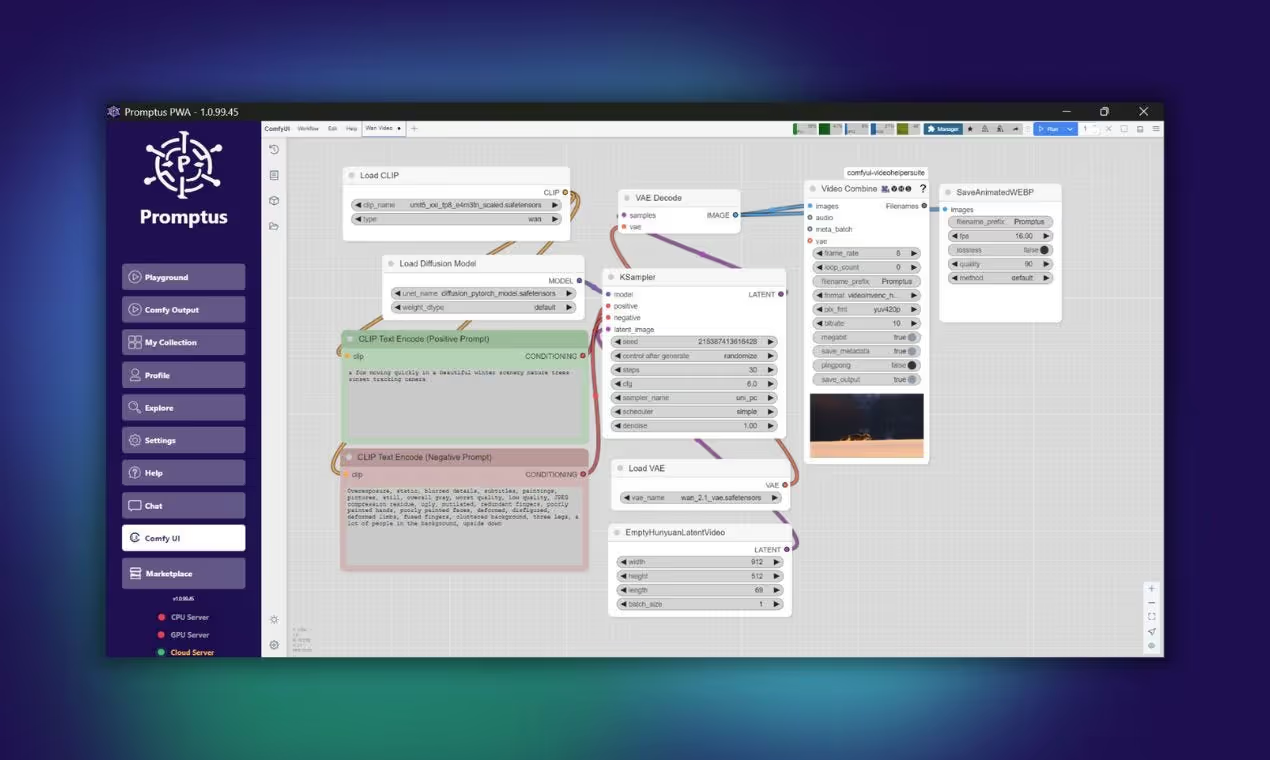AI Image Generation: Open Source vs Closed Source

Artificial intelligence has revolutionized how we create visual content. Programs like Adobe Firefly, DALL-E, and Midjourney can transform simple text descriptions into stunning images. But there's a crucial difference between these mainstream tools and open-source alternatives like ComfyUI that could change how you approach AI image generation.
The Limitations of Closed Source AI Programs
Popular AI image generators operate as closed source programs. This means their source code remains hidden from users, creating several restrictions:
- Users cannot modify or customize the software
- Updates depend entirely on the company's decisions
- Content creation is limited by built-in restrictions
- No copyright content generation is allowed
- Only safe-for-work images can be created
- Users pay monthly subscription fees for limited functionality
These limitations may work for casual users, but they can be restrictive for professionals who need more control over their creative process.
The Power of Open Source AI Solutions
Open source programs like ComfyUI offer a completely different approach:
- Source code is freely available for modification
- Community-driven updates and improvements
- No content restrictions beyond technical limitations
- Both original and copyrighted content generation possible
- Complete customization of workflows
- Free to use and modify

What Makes ComfyUI Different
ComfyUI stands out as a free, open-source alternative that uses a node-based interface. This system allows users to:
- Design complex stable diffusion workflows
- Create custom image generation pipelines
- Generate images without closed-source limitations
- Customize every aspect of the generation process
The trade-off is that ComfyUI requires more technical knowledge and setup time compared to subscription-based alternatives.
Understanding Stable Diffusion Technology
To grasp how ComfyUI works, imagine spraying cologne in a room. Initially, the scent concentrates in one area, then gradually spreads throughout the space until evenly distributed. This is basic diffusion.
Stable diffusion in AI works similarly but with data instead of particles. The AI model starts with broad, high-probability features from your text description and gradually adds finer details until creating a complete image.
For example, when you input "a red apple on a table," the AI:
1. First generates the most obvious elements (apple shape, red color)
2. Then adds secondary details (table placement, basic shadows)
3. Finally incorporates subtle features (reflections, texture, context)
This process creates realistic images through predictable, stable generation patterns.
How AI Models Learn and Generate
The AI model functions like a comprehensive guidebook trained on massive datasets containing millions of images and descriptions. This training process teaches the model to:
- Recognize objects and their characteristics
- Understand spatial relationships
- Connect text descriptions to visual elements
- Generate realistic combinations of features
Once trained, the model uses these learned patterns to guide the diffusion process, systematically building images from general concepts to specific details.
Getting Started with Open Source AI
For creators ready to explore beyond subscription limitations, open-source AI tools offer unprecedented creative freedom. While they require more technical setup, the benefits include:
- Complete creative control
- No monthly subscription costs
- Community-driven innovation
- Unlimited content generation possibilities
- Customizable workflows for specific needs
The Future of AI Image Generation
As AI technology continues evolving, understanding the difference between closed and open-source solutions becomes increasingly important. Open-source tools like ComfyUI represent the cutting edge of what's possible when creativity isn't constrained by corporate limitations.
Whether you're a professional designer, content creator, or AI enthusiast, exploring open-source alternatives can unlock new possibilities for your creative projects.
